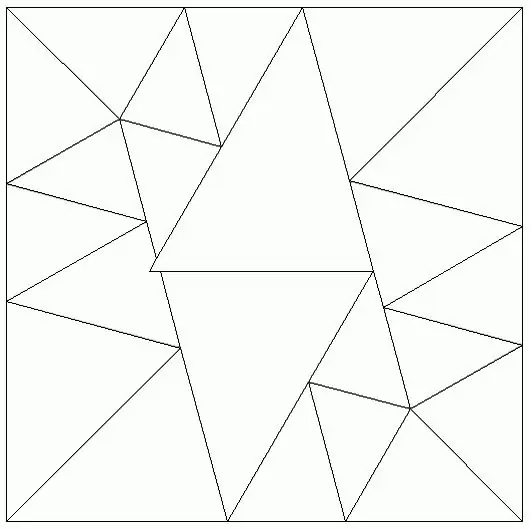An important concept in geometry as a science is the similarity of figures. Knowing this property allows you to solve a huge number of problems, including in real life.
Concepts

Similar figures are those that can be converted into each other by multiplying all sides by a certain coefficient. In this case, the corresponding angles must be equal.
Let's consider in more detail signs of similarity of triangles. In total, there are three rules that allow us to assert that such figures have this property.
The first criterion for the similarity of triangles requires that two pairs of corresponding angles are equal.
According to the second rule, the considered figures are considered similar when the two sides of one are proportional to the corresponding segments of the other. At the same time, the angles that are formed by them must be equal.
And, finally, the third sign: triangles are similar if all their sides are respectively proportional.
There are figures that, according to some properties, can be classified as special types (equilateral, isosceles, rectangular). Forto say that such triangles are similar requires fewer conditions to be met. For example, we will consider the signs of similarity of rectangular

triangles:
- the hypotenuse and one of the legs of one are proportional to the corresponding sides of the other;
- any acute angle of one figure is equal to the same in another.
If the signs of similarity of triangles are observed, the following properties take place:
- the ratio of their linear elements (medians, bisectors, heights, perimeters) is equal to the similarity coefficient;
- if we find the result of dividing the areas, we get the square of this number.
Application
The considered properties allow solving a huge number of geometric problems. They are widely used in everyday life. Knowing the signs of the similarity of triangles, you can determine the height of an object or calculate the distance to an inaccessible point.

To find out, for example, the height of a tree, a pole is set strictly vertically at a pre-measured distance, on which a rotating bar is fixed. It is oriented to the top of the object and mark the point on the ground where the line continuing it will cross the horizontal surface. We get similar right triangles. By measuring the distance from the point to the pole, and then to the object, we find the similarity coefficient. Knowing the height of the pole, you can easily calculate the same parameter for a tree.
To find the distance between twoby points on the terrain we choose one more on the plane. Then we measure the distance from it to the accessible one. Let's connect all the points on the ground and measure the angles that are adjacent to the known side. Having built a similar triangle on paper and determined the ratio of the sides of the two figures, we can easily calculate the distance between the points.
Thus, signs of similarity of triangles are one of the most important concepts of geometry. It is widely used not only for scientific purposes, but also for other needs.






